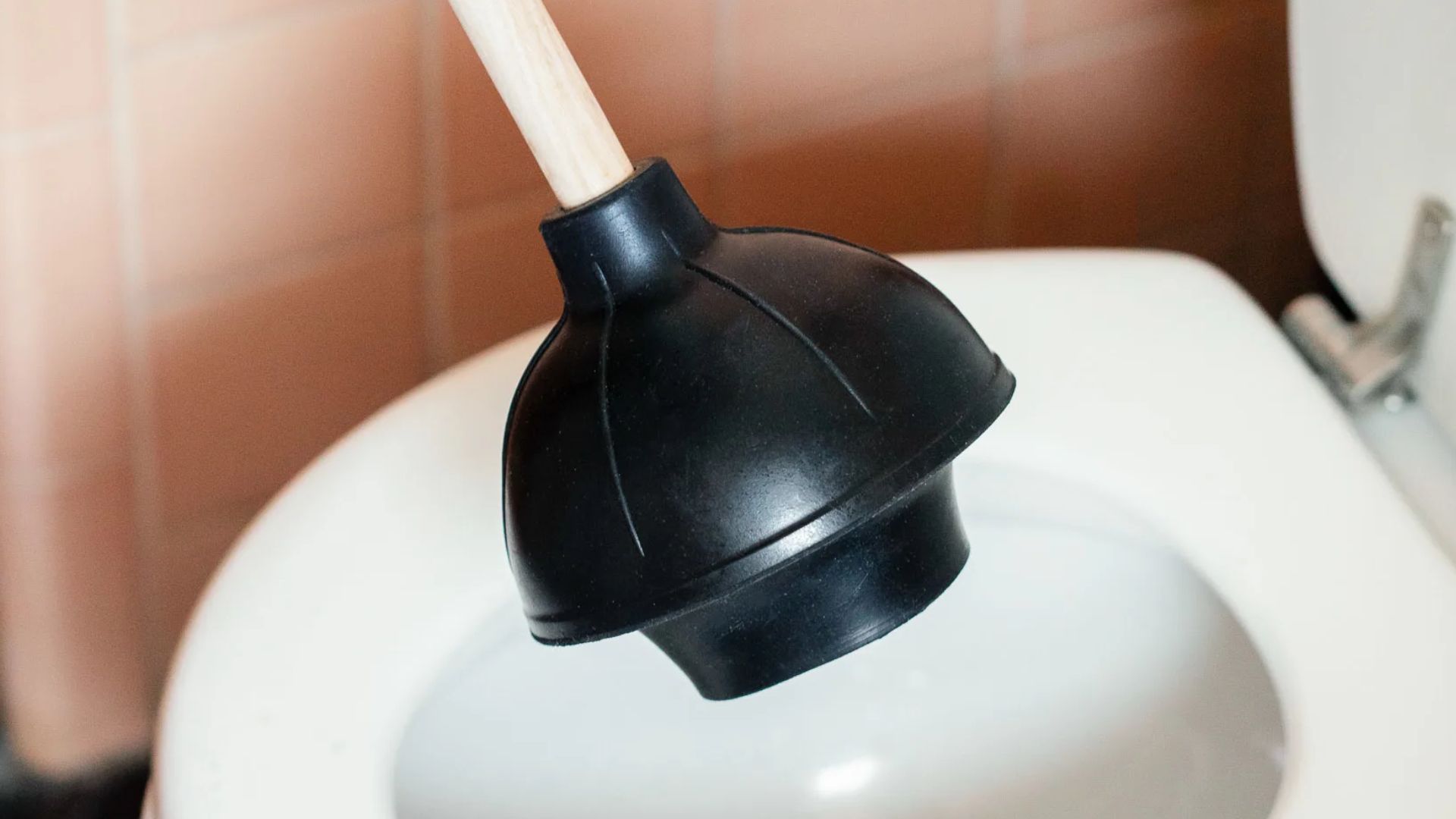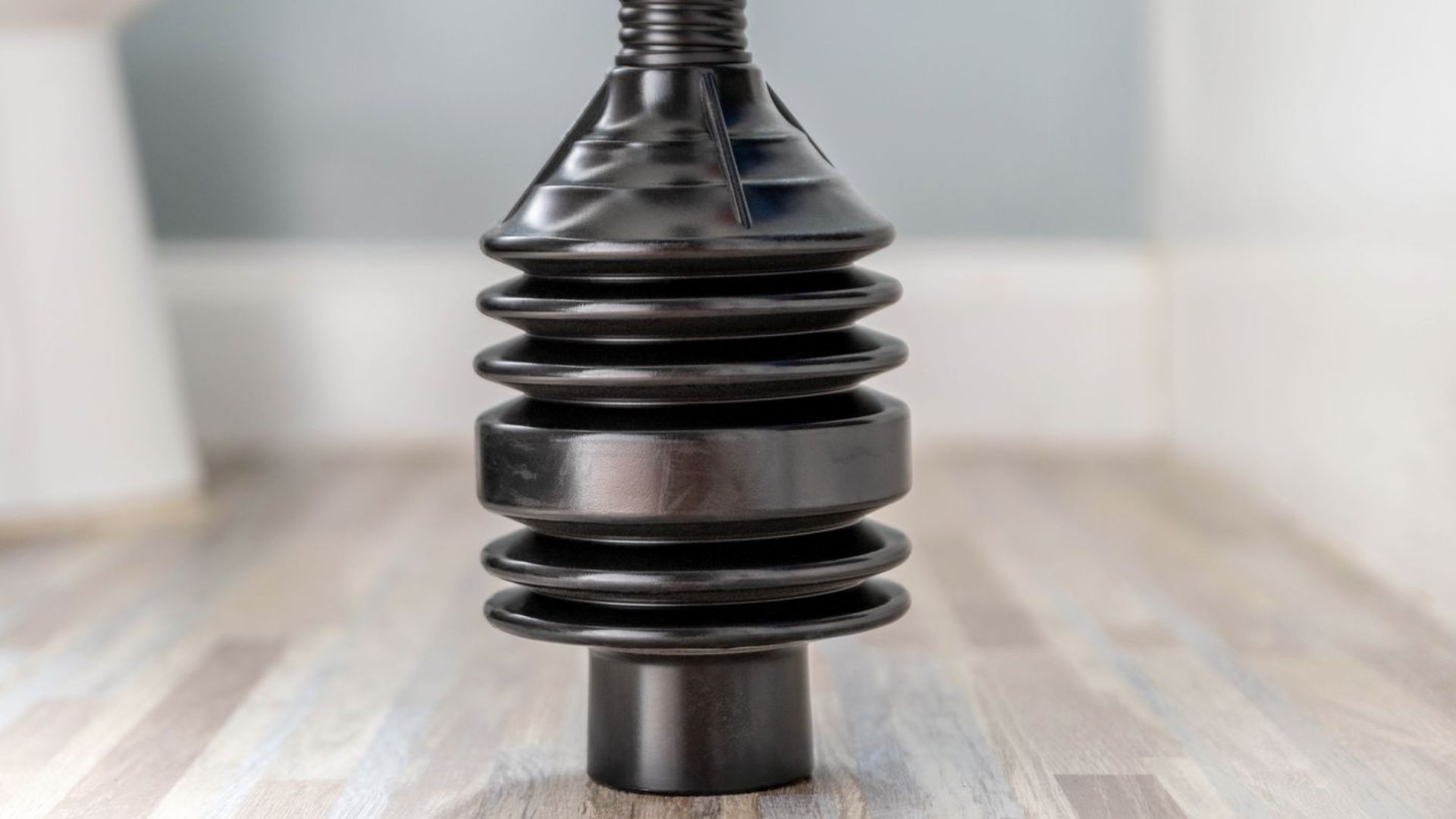7:00AM to 5:00PM
What’s the first thing you reach for when a toilet mishap strikes? Often overlooked, the humble plunger is a crucial tool in every household.
Choosing the right plunger can mean the difference between a quick fix and a plumbing nightmare. Clogged toilets, stubborn blockages, and slow drains are common issues that can be easily resolved with the proper plunger.
By understanding the different types available, you can tackle these problems effectively, saving time and avoiding costly plumber visits. Investing in the right plunger ensures your bathroom remains trouble-free, making it an essential part of your home toolkit.
Choosing the right plunger for your bathroom is essential. Different toilets require specific plungers for effective use. Here’s a guide to help you select the perfect one.

Standard toilets are common in many homes. For these, a flange plunger is ideal. The flange, or soft rubber flap, folds inside to form a tight seal around the toilet drain opening. This plunger type is designed specifically to clear clogs with enough suction and pressure.
Low-flow toilets save water with each flush. They may require a toilet plunger with a smaller cup to fit the tighter drain opening. Accordion plungers, with their accordion-style rubber part, can also generate more force for stubborn clogs, making them a good choice.
Dual flush toilets offer two flush options for efficiency. A cup plunger, which has a flat surface, may not work well here. Instead, a flange or accordion plunger is better, as they create the necessary seal to dislodge even tough clogs.
Choosing the right type of plunger can make all the difference in effectively unclogging drains. Here’s a breakdown of the most common types.
The cup plunger, often known as the basic plunger, features a simple rubber cup at the end. It’s ideal for flat surfaces, making it perfect for unclogging sinks and tub drains.
To use it effectively, ensure the plunger cup is fully submerged in enough water to create suction and pressure. This type of plunger works best with a straight handle and proper technique to dislodge clogs.

Designed specifically for toilets, the flange plunger includes a soft rubber flap folded inside the cup. This flap helps form a tight seal around the toilet’s drain opening, enabling it to clear stubborn toilet clogs.
Applying petroleum jelly to the flange can create a tighter seal, ensuring enough pressure to push through clogs. Rubber gloves are recommended for a better grip.

The accordion plunger has a unique design with an accordion-like structure that generates more force. It’s excellent for clearing toilet clogs due to its ability to produce enough pressure. Although it doesn’t lay flat, it provides a good seal in the toilet bowl, making it effective for tough clogs.

Consider the type of drain and clog you’re dealing with. For sinks and shower drains, a cup or sink plunger is effective. For toilets, a flange or accordion plunger is best. A new plunger with a good seal and enough suction can save you from calling a professional plumber.
Selecting the right plunger involves understanding various factors that affect its effectiveness. Here’s what to consider.
The plunger’s material is crucial. Look for a rubber plunger that provides a good seal around the drain. High-quality rubber ensures durability and better suction, which are essential for dislodging clogs in toilets and sinks.
A longer handle offers better leverage, making it easier to apply the necessary force to unclog drains. Make sure the handle is comfortable to grip, as this enhances ease of use when dealing with stubborn clogs.
Different types of plungers serve various purposes. A toilet plunger with a flange is ideal for the toilet bowl, while a standard plunger or sink plunger works well for flat surfaces like sinks and tub drains. Choose the right type of plunger based on the specific clog you’re addressing.
Ensure the plunger cup is fully submerged in enough water to create sufficient suction. This is vital for clearing most clogs. A common misconception is that hot water alone can clear a clog, but combining it with a proper plunger technique is more effective. Remember, the goal is to create a vacuum to dislodge clogs in the pipe efficiently.
Using a plunger correctly can save you from a plumbing disaster. Follow these steps for effective results.
Proper maintenance of your plunger can extend its lifespan and ensure effective use.
If you’re dealing with a stubbornly blocked toilet, it’s time to seek professional help from Gold Coast Plumbing Company. With expert services in blocked toilet repair, they ensure quick and efficient solutions to all your plumbing woes.
Why Choose Gold Coast Plumbing Company? Gold Coast Plumbing Company is renowned for its expertise and reliability. Their team of skilled professionals is equipped to handle even the toughest clogs using advanced techniques and tools. Whether it’s a simple blockage or a more complex issue, they have the experience to resolve it swiftly.
Don’t let a clogged toilet disrupt your day. Contact Gold Coast Plumbing Company for dependable and effective plumbing solutions. With our help, you can enjoy peace of mind knowing your home is in good hands.